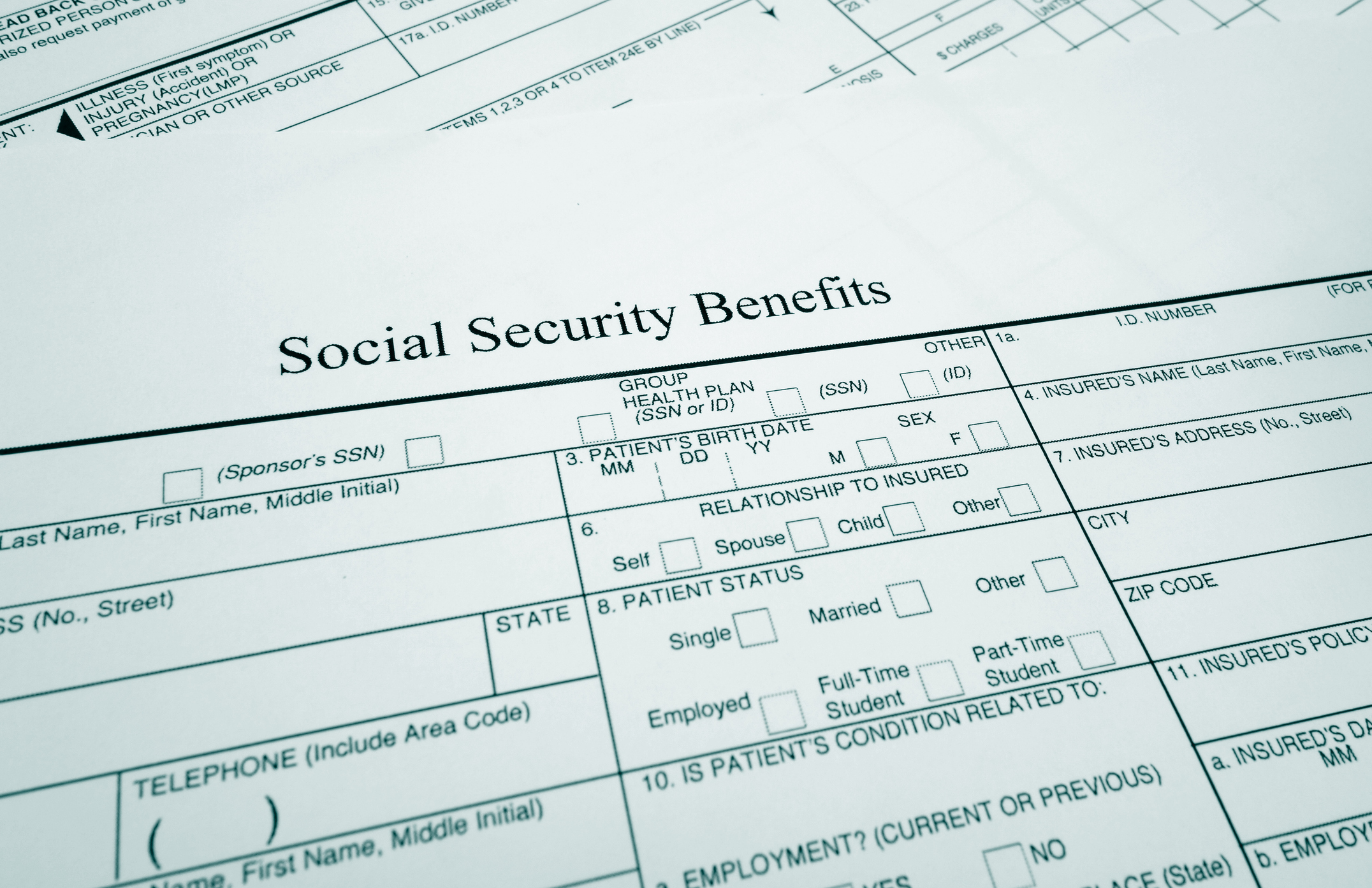Retirement Calculator: How Much Do You Need to Retire?
Our Retirement Calculator helps you estimate the future value of your retirement savings and how much you need to save each month to reach your retirement goal.

Donna Fuscaldo

This retirement calculator can help you estimate what your retirement savings will be worth in the future. It will also help you determine how much more you need to save each month to meet your retirement goal.
With this retirement calculator, you can test out different scenarios. For example, you can use it to estimate how much you’ll need to save if you pay off your mortgage, downsize to a cheaper home or location, or refinance your mortgage. Remember that if you decide to downsize, there could be tax consequences if you realize gains on the sale of your home.
The retirement calculator can also help you decide if paying off your mortgage is something you should focus on while you save for retirement or if it’s better to funnel more money into your retirement nest egg.
From just $107.88 $24.99 for Kiplinger Personal Finance
Become a smarter, better informed investor. Subscribe from just $107.88 $24.99, plus get up to 4 Special Issues

Sign up for Kiplinger’s Free Newsletters
Profit and prosper with the best of expert advice on investing, taxes, retirement, personal finance and more - straight to your e-mail.
Profit and prosper with the best of expert advice - straight to your e-mail.
It can also help you decide if you should contribute more to your tax-advantaged retirement savings account, consider pushing out your retirement date to amass more money or even consider retiring earlier. It can be a great way to see if you are on track with your retirement savings goals.
In addition to all that, it is a key tool for developing a retirement planning checklist.
The calculator does not require you to enter an email address, will not contact you, and will not record or track your answers.
Dive into the details
Like any financial calculator, the output is only as good as the input. So, for a more accurate estimate, gather a few key numbers. But don't be cowed by this list; you can always start with a few inputs to get a sense and return later with more information.
Some of the information to gather includes the following:
Social Security benefits: Find your latest Social Security statement of estimated benefits online, or look for the paper copy mailed each year. If you don't have a Login.gov account, you can create one here.
Private or government pension: You also might need to look up statements from a pension (if you have one).
Employer-sponsored retirement accounts: gather up statements from each of your 401(k) plans (whether you have just one or several).
Individual Retirement Accounts (IRAs): Find the balance of any IRAs you may own.
Retirement calculator
We strongly recommend that you seek the advice of a financial services professional with whom you have a fiduciary relationship before making any investment or significant financial decision.
Don't forget about taxes
Be aware that the calculator does not take taxes on your retirement income into account so your spendable income will be less.
The actual results will also depend on how much you contribute to your retirement accounts, how long you live and the returns on your investments.
To better save for retirement, consider all of your options, such as contributing to a 401(k), IRA or 403(b).
The accounts may have different fees that can eat into returns, in addition to varying tax implications. You should also consider whether there are required minimum distributions at age 73, which could create a taxable event. Roth IRAs don’t have RMDs, but traditional IRAs and other retirement accounts do.
It's not etched in stone
The calculator is designed to give you an idea of how much you will need in retirement, not an exact figure. It's a useful tool to put you on track or keep you there.
You can play around with the numbers, use them as motivation to increase your spending, or for validation that you are on the right path.
The last thing you should do is be discouraged by the number it churns out. Saving for retirement is a long-term journey that has bumps along the way. It may not be working out as you originally expected, but remember, there are many ways to reach your retirement savings goals.
Related content
- The Average 401(k) Balance by Age
- A 10-Year Checklist for Retirement Planning
- The Average IRA Balance by Age
- Retirement Savings on Track? How Much You Should Have by 50 and 55
This calculator is for informational and educational purposes only and is not investment advice.
Profit and prosper with the best of Kiplinger's advice on investing, taxes, retirement, personal finance and much more. Delivered daily. Enter your email in the box and click Sign Me Up.

Ellen writes and edits retirement stories. She joined Kiplinger in 2021 as an investment and personal finance writer, focusing on retirement, credit cards and related topics. She worked in the mutual fund industry for 15 years as a manager and sustainability analyst at Calvert Investments. She earned a master’s from U.C. Berkeley in international relations and Latin America and a B.A. from Haverford College.
- Donna FuscaldoRetirement Writer, Kiplinger.com
-
 How We Manage Our Finances Together: 'When You Keep Score, You Can End Up Resentful'
How We Manage Our Finances Together: 'When You Keep Score, You Can End Up Resentful'Douglas Boneparth, a certified financial planner, and his wife, Heather Boneparth, speak with Kiplinger about couples managing finances.
-
 I'm 45 and I've barely invested in the stock market. I recently inherited $50,000. What should I do?
I'm 45 and I've barely invested in the stock market. I recently inherited $50,000. What should I do?What should you do with a big inheritance? We asked a financial expert for advice.
-
 A Contrarian Approach Pays Off for This Bond Fund
A Contrarian Approach Pays Off for This Bond FundThe Dodge & Cox Income Fund has outperformed in 2025 thanks to its managers' fearless approach.
-
 Taxes on Retirees: A State by State Guide
Taxes on Retirees: A State by State GuideRetirement Taxes See how each state treats retirees when it comes to income, sales, property and other taxes.
-
 What's My Social Security Full Retirement Age?
What's My Social Security Full Retirement Age?Social Security The year you were born determines when you become eligible for your Social Security full retirement age benefit (FRA). Use our calculator to determine your FRA.
-
 How to Calculate RMDs (Required Minimum Distributions) for IRAs
How to Calculate RMDs (Required Minimum Distributions) for IRAsTools Understand when and how to calculate RMDs and avoid stiff penalties from your tax-deferred IRA.